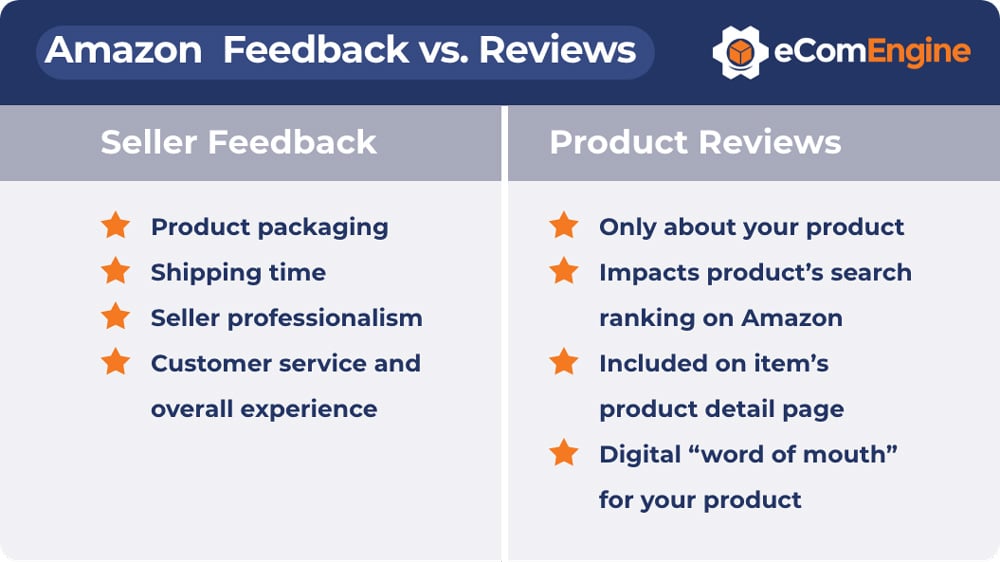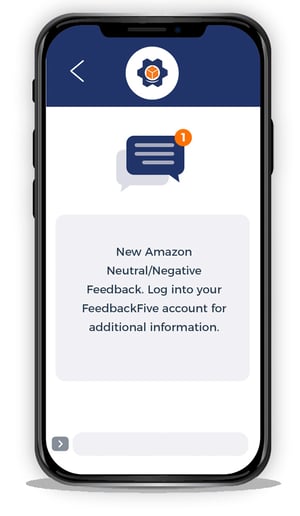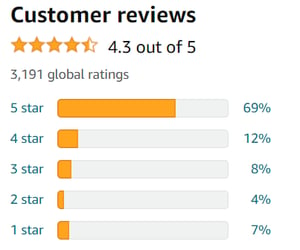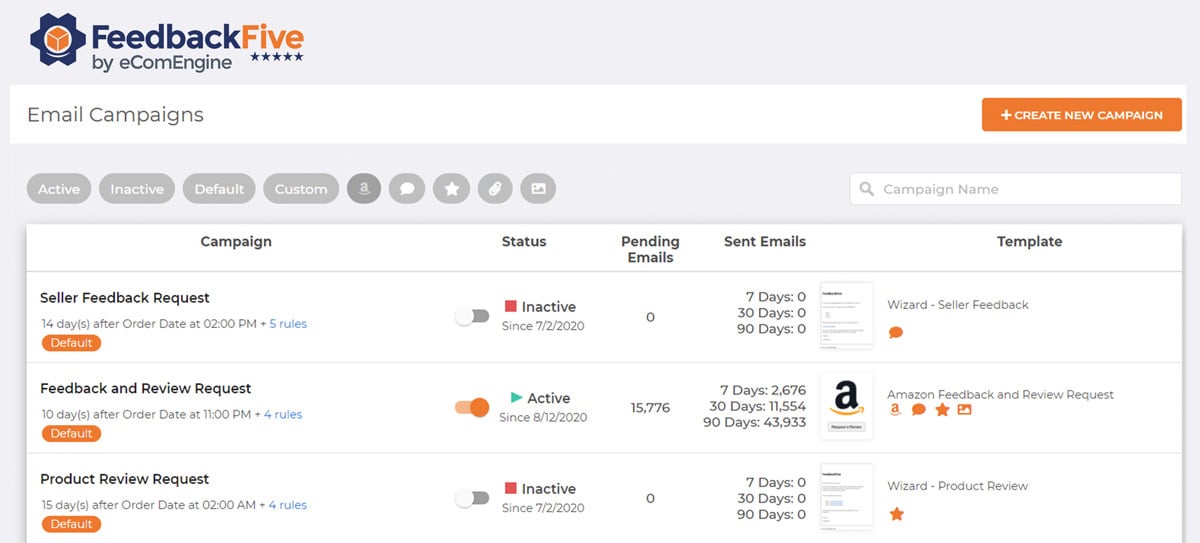Originally published on May 9, 2016, updated October 27, 2023
Menu
Join Our Email List
- Receive our monthly newsletter.
- Stay up to date on Amazon policies.
- Get tips to grow your business.
As a seller on the Amazon marketplace, you know that feedback and product reviews both add value to your business. But do you know the difference between feedback and reviews on Amazon? And are you satisfied with how you manage both? If so, great! You can save yourself some time and skip this article.
But if you’re a new seller or simply need a refresher on Amazon feedback and reviews, look no further. We not only break down the difference between the two here but also tell you why it matters.
Here's the first thing you need to know about Amazon seller feedback vs. product reviews: feedback is like a “report card” from customers regarding the buying experience. A product review is just what the name implies--a review of the item purchased, not the seller or the purchasing experience.
Feedback can:
Amazon uses a 1 to 5-star rating system for third-party sellers, making it easy for customers to leave feedback. Five-star feedback is the highest you can receive. Your average star rating will appear next to your name on your Amazon seller profile.
Product reviews:
Like feedback, Amazon uses a 1 to 5-star rating system. Product reviews appear on each item’s product detail page.

Customers can leave feedback about their experience purchasing items from your store. This includes:
Buyers also have the opportunity to share what could be done to improve their buying experiences. Feedback provides key information for your business. Positive feedback affirms what’s going well, while negative feedback shows where improvements can be made to increase customer satisfaction. Amazon may remove feedback that isn’t directly related to the purchase experience or that violates a company guideline. Feedback containing any of the following may be removed at Amazon’s discretion, as per their guidelines:
If you receive feedback that does not fall within Amazon’s guidelines or isn’t related to the buying experience, FeedbackFive can facilitate the process of having that feedback removed.
Additionally, Amazon will strike through feedback for FBA orders if it is related mainly to the fulfillment experience. The feedback will still be there, but it will appear in the strike-through text and does not count toward your overall feedback score.
 Some sellers rely on FeedbackFive, a leading feedback management tool from eComEngine, to enhance their feedback strategies. FeedbackFive allows you to build customizable email campaigns to request feedback. You can even set up text or email alerts to be sent to you immediately if you receive negative feedback, allowing you to respond to your client and work to resolve the issue right away. Your feedback dashboard gives you all of the information you need in the same place, including the Amazon order number, order date, comments added, and more.
Some sellers rely on FeedbackFive, a leading feedback management tool from eComEngine, to enhance their feedback strategies. FeedbackFive allows you to build customizable email campaigns to request feedback. You can even set up text or email alerts to be sent to you immediately if you receive negative feedback, allowing you to respond to your client and work to resolve the issue right away. Your feedback dashboard gives you all of the information you need in the same place, including the Amazon order number, order date, comments added, and more.
Now let's get to the review side of our discussion about the difference between reviews and feedback on Amazon. Product reviews are simply reviews of the product, not the seller or the purchasing experience. On some types of items, buyers have the chance to leave additional customer ratings that include information about specific attributes of a product, such as battery life.
Product reviews are important for your eCommerce business because consumers often rely on online reviews when making purchasing decisions. Online shoppers trust Amazon because the company works hard to make sure that reviews are legitimate and not manipulated.
 Reviews provide you with information to help make future stocking decisions. By paying careful attention to reviews of your products, you can get insight into customer concerns and preferences. Product reviews also provide your customers with a place to share issues about the product rather than attacking the merchant.
Reviews provide you with information to help make future stocking decisions. By paying careful attention to reviews of your products, you can get insight into customer concerns and preferences. Product reviews also provide your customers with a place to share issues about the product rather than attacking the merchant.
With FeedbackFive, you can send automated emails to request product reviews. Requesting product reviews increases your odds of receiving them, which in turn increases your sales potential.

However, if you plan to send custom messages to Amazon buyers, you need to follow Amazon's Communication Guidelines and review policies. For example, your message must be sent within 30 days of order completion and needs to be translated into the buyer's preferred language.
Want a fast and easy way to request reviews while complying with all Amazon policies? Check out the Amazon Request a Review message, which you can automate with FeedbackFive. It takes less than two minutes to get started and sellers have seen great results!
Learn more: Why 77% of FeedbackFive Users Rely on Request a Review Automation
By reading this article, we hope you learned the difference between reviews and feedback on Amazon. Be sure to check the Amazon feedback vs. review policies regularly as these guidelines may change.
Also, smart sellers make it a habit to monitor their feedback and product reviews frequently. FeedbackFive saves you time by compiling all of the most important information you need for managing these ratings in the same place.
Originally published on May 9, 2016, updated October 27, 2023
This post is accurate as of the date of publication. Some features and information may have changed due to product updates or Amazon policy changes.
These Stories on Feedback and Reviews
14321 Winter Breeze Drive
Suite 121 Midlothian, VA 23113
Call us: 800-757-6840





Copyright© 2007-2025 eComEngine, LLC. All Rights Reserved. eComEngine®, FeedbackFive®, RestockPro®, and SellerPulse® are trademarks or registered trademarks of eComEngine, LLC. Amazon's trademark is used under license from Amazon.com, Inc. or its affiliates.
No Comments Yet
Let us know what you think